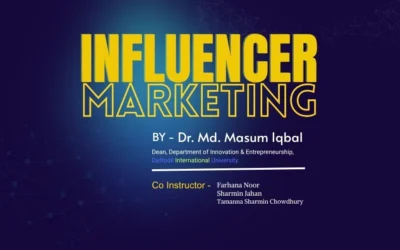Course Description:
The world around us, from the dazzling gemstones adorning our jewelry to the steel supporting our buildings, is built upon the hidden language of crystals. In our comprehensive course, “Introduction to Crystallography and Miller Indices,” you’ll unlock the secrets of this captivating science and gain a powerful understanding of how microscopic arrangements of atoms dictate the macroscopic properties of materials. This in-depth journey will equip you with the knowledge to not only appreciate the beauty of crystals but also leverage their unique properties for engineering marvels. We’ll delve into the fascinating realm of crystal systems, the seven fundamental blueprints that govern how atoms pack together to form crystals. You’ll explore iconic structures like the body-centered cubic (BCC), face-centered cubic (FCC), and hexagonal close-packed (HCP) arrangements, gaining a deeper appreciation for the symmetry and efficiency that define them. But crystallography isn’t just about aesthetics; it’s about understanding how these arrangements translate to real-world applications. We’ll equip you with the essential skill of calculating the atomic packing factor and coordination number, crucial metrics that dictate a material’s density, strength, and conductivity. This knowledge empowers engineers to tailor materials for specific purposes, whether it’s building lightweight aircraft components from FCC aluminum or optimizing the electrical conductivity of copper wires.
The course goes beyond theory, emphasizing the practical application of Miller indices. This ingenious system acts as a map, allowing us to pinpoint specific planes within a crystal structure. By mastering Miller indices, you’ll be able to visualize how these planes influence phenomena like cleavage (a crystal’s propensity to break along specific directions) and how they impact the way light interacts with the material. This knowledge is invaluable in fields ranging from gem cutting to developing new optical devices.
Whether you’re a budding engineer seeking a foundational understanding of materials science, a seasoned professional looking to refresh your knowledge, or simply a curious mind captivated by the natural world, this course is designed for you. Our expert-led curriculum ensures a clear and engaging learning experience, catering to all levels. Enroll today and embark on a transformative journey – one that unlocks the hidden language of crystals and empowers you to explore the remarkable world of materials science.
Importance of learning the course Introduction to Crystallography and Miller Indices
Industry Relevance: Understanding crystallography and crystal systems is fundamental for careers in materials science, engineering, metallurgy, and solid-state physics.
Analytical Skills: Mastery of Miller indices and atomic packing calculations will enhance your ability to analyze and interpret material properties.
Practical Applications: Knowledge gained in this course is directly applicable to solving real-world problems in industries such as aerospace, automotive, electronics, and construction.
Career Advancement: Expertise in crystallography can open doors to advanced research opportunities and higher-level positions in both academia and industry.
Introduction to Crystallography and Miller Indices Course Outcomes
Difference between Crystalline Solids and Amorphous Solids (glassy)
Atomic Arrangements
Crystal structure
Unit Cell
The Seven Crystal Systems
Common Types of Unit Cell
Crystallographic Planes in terms of miller indices
What More to Expect?
9 complete lessons within 1Hour 30 minutes of time
Quizzes to assess learning from the course
Option to discuss problems on the lessons through the course forum
Certificate of achievement issued with the affiliation of HRDI and Skill Jobs
Course Features
- Lectures 9
- Quizzes 1
- Duration 1.5 hour
- Skill level All levels
- Language Bengali
- Students 0
- Certificate Yes
- Assessments Self






